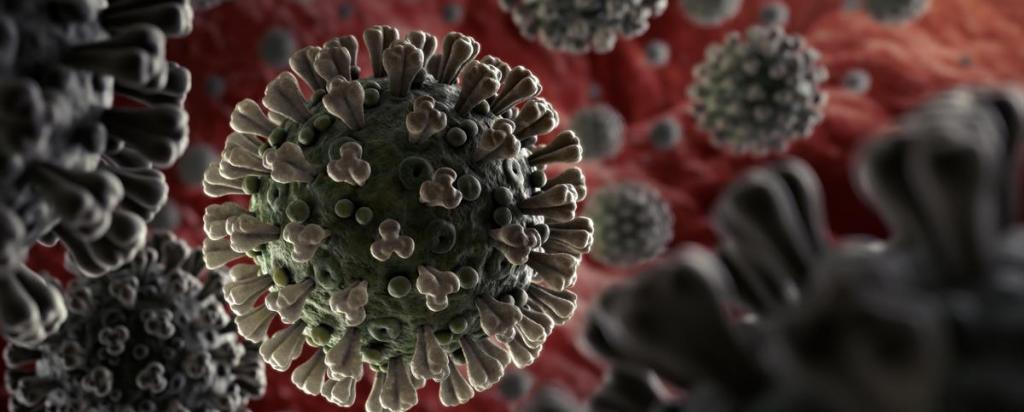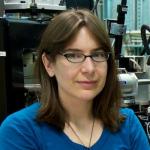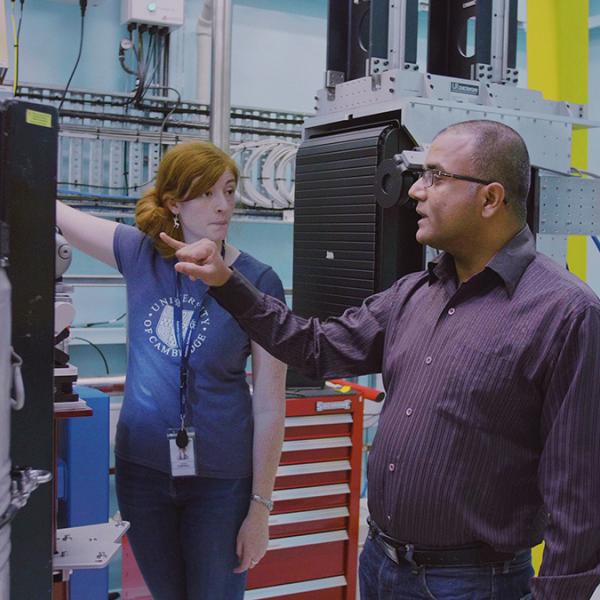
Instrument scientists at ANSTO’s Australian Synchrotron are prioritising work that could hold the key to fast-tracking the development of a vaccine for COVID-19.
COVID-19 Research access - Australian Synchrotron
COVID-19 Research access - Sydney facilities
ANSTO operates the largest particle accelerator in the southern hemisphere, the Australian Synchrotron. This facility, which has an array of beamlines for scientific investigations, is partly funded by the New Zealand Government and many university partners from across New Zealand and Australia.
The Australian Synchrotron has the unique and powerful ability to help researchers determine the structure of key proteins in a virus and how they interact with other molecules, which can be important in the development of a vaccine or treatment.
Using the micro- and macromolecular crystallography beamlines, researchers can construct the molecular structures of COVID-19 proteins in a clear 3D image and make this information available to other researchers who are working on a vaccine or therapy.
Many proteins in COVID 19 virus have already been mapped.
By understanding the positions of important components of these proteins, researchers can develop drugs that bind to these proteins and prevent or treat disease.
You need to know what the protein looks like in order to design a drug to attach to it. It is like designing a key for a lock, you need to know the dimensions of the keyhole.
“Using our technology, within five minutes you can understand why a drug does or doesn’t work in attaching to a COVID-19 protein,” said Australian Synchrotron Director, Professor Andrew Peele.
“We are currently receiving samples by mail to be analysed and shared back with researchers from across Australia and Asia."
“By working together, utilising all the different techniques and infrastructure at our disposal today, we can win this fight and much quicker than previous generations could have.”
“The work is vitally important to finding a solution to combat this virus and saving lives around the world.”

